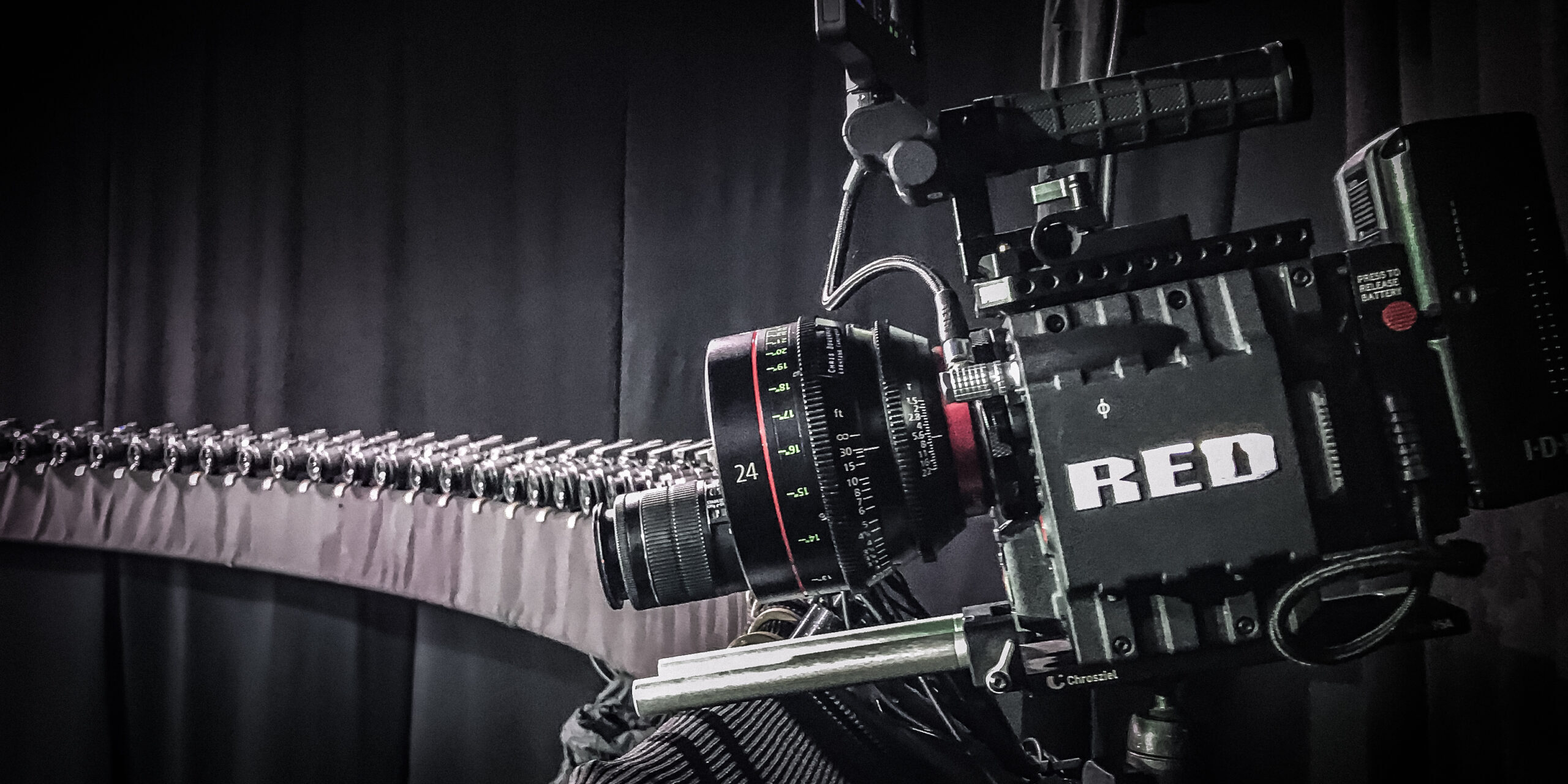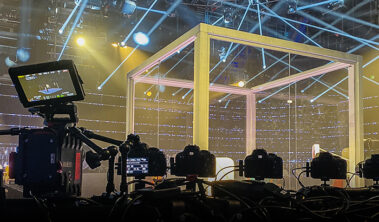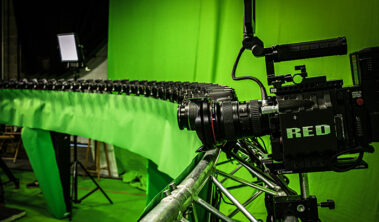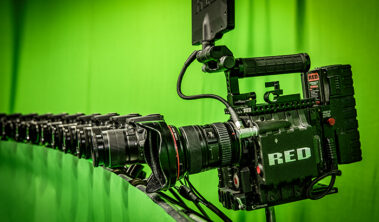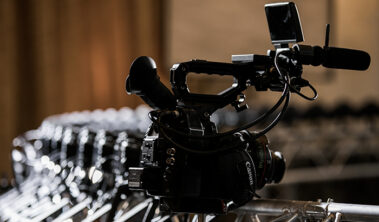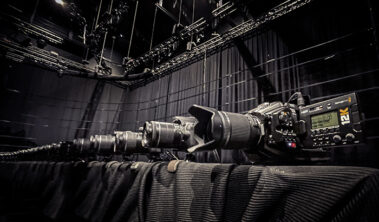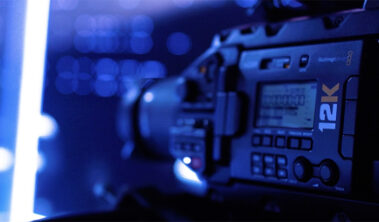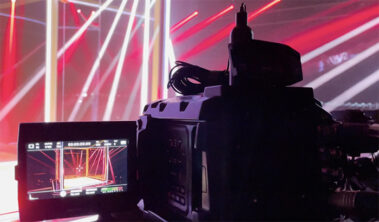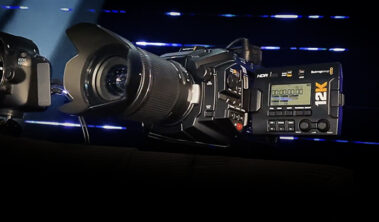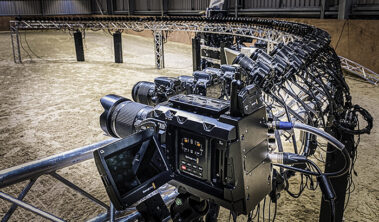Why Use Video Lead In & Video Lead Out with Bullet Time Sequences
Bullet Time Shot Setup:
Bullet time is a visual effect that captures a scene from multiple perspectives simultaneously, creating a frozen moment in time. It’s often achieved using an array of cameras positioned in a circle or along a linear path.
Camera Placement:
In the described scenario, a cinema camera is strategically placed at the beginning of the bullet time camera array, and another cinema camera is positioned at the end. The positioning is crucial to ensure that the cameras capture the entire scene and are aligned similarly to the DSLRs on the camera array.
Filming Process:
The cameras capture footage continuously, covering the entire duration of the bullet time sequence. This footage includes the moments leading up to the bullet time event and those immediately following it.
Editing Considerations:
When incorporating the bullet time shot into the movie, TV show, or advert, it’s essential to consider how to seamlessly integrate the sequence into the overall narrative. This involves editing decisions to smoothly transition from the regular motion of the scene to the dramatic bullet time effect.
Splicing Footage:
The footage from the cinema cameras at the beginning and end of the bullet time array is utilized in the editing process. Editors splice this footage into the main bullet time sequence, connecting the regular motion before and after the frozen moment. This technique ensures that the bullet time event doesn’t feel isolated but is part of a coherent and dynamic sequence.
Creating Action/Motion Context:
By incorporating footage from the cinema cameras, the editor introduces action and motion to the subject before and after the bullet time event. This adds context to the frozen moment, enhancing the overall storytelling impact. It helps to avoid a disjointed feeling and provides a more immersive experience for the audience.
Seamless Integration:
The goal is to make the transition between regular motion and bullet time appear natural and seamless. The use of video in and video out, along with strategic editing, contributes to a cohesive and visually compelling sequence within the larger context of the production.
Splicing Footage:
The footage from the cinema cameras at the beginning and end of the bullet time array is utilized in the editing process. Editors splice this footage into the main bullet time sequence, connecting the regular motion before and after the frozen moment. This technique ensures that the bullet time event doesn’t feel isolated but is part of a coherent and dynamic sequence.
Creating Action/Motion Context:
By incorporating footage from the cinema cameras, the editor introduces action and motion to the subject before and after the bullet time event. This adds context to the frozen moment, enhancing the overall storytelling impact. It helps to avoid a disjointed feeling and provides a more immersive experience for the audience.
Seamless Integration:
The goal is to make the transition between regular motion and bullet time appear natural and seamless. The use of video in and video out, along with strategic editing, contributes to a cohesive and visually compelling sequence within the larger context of the production.
